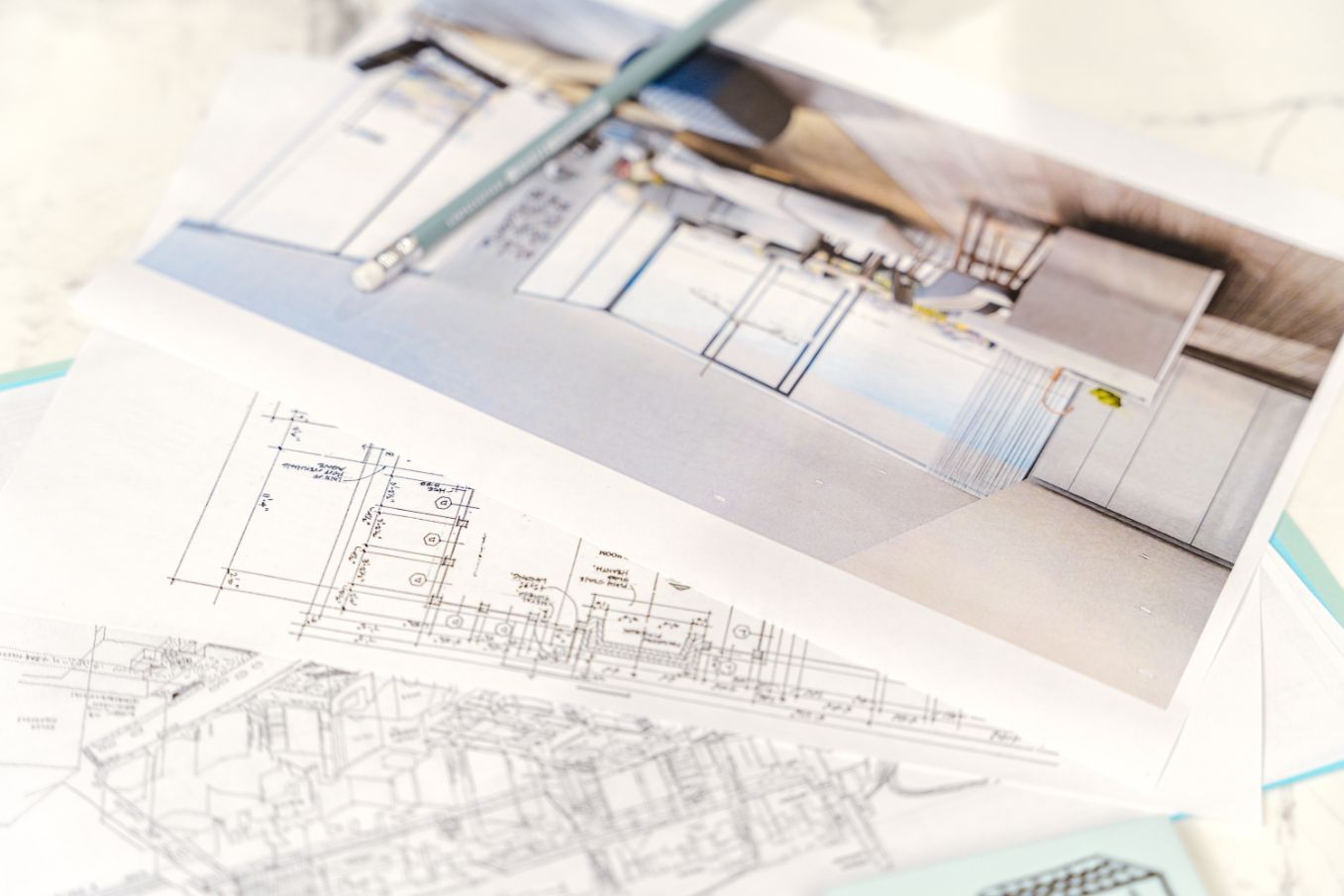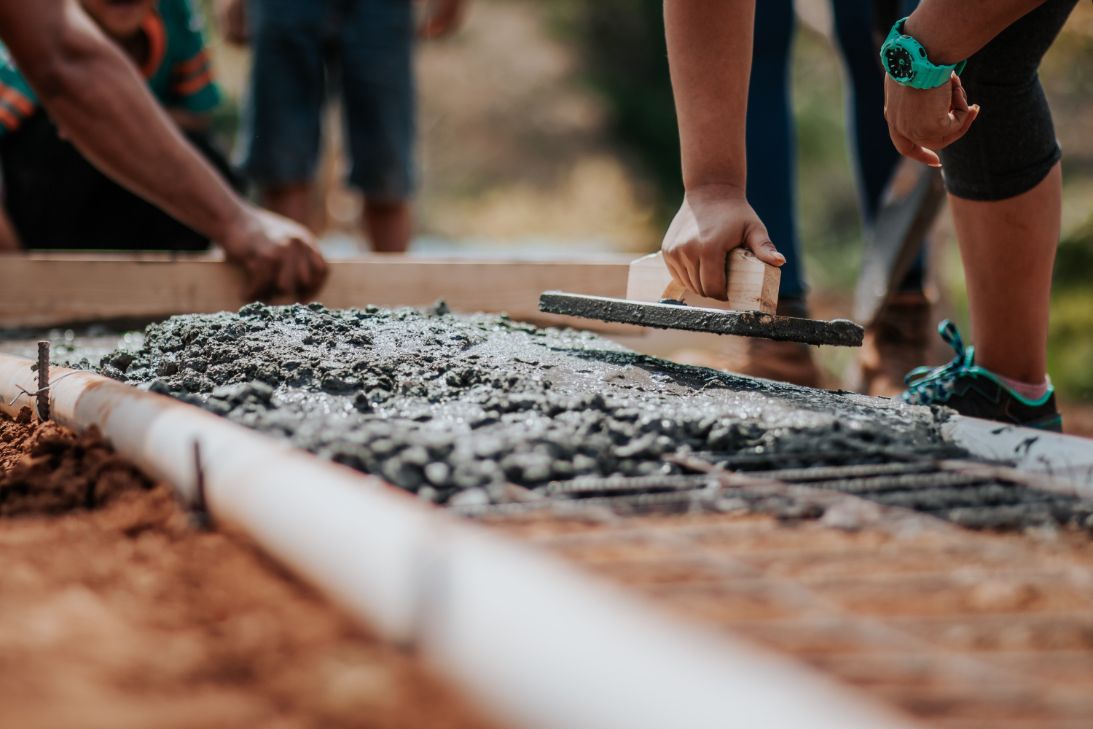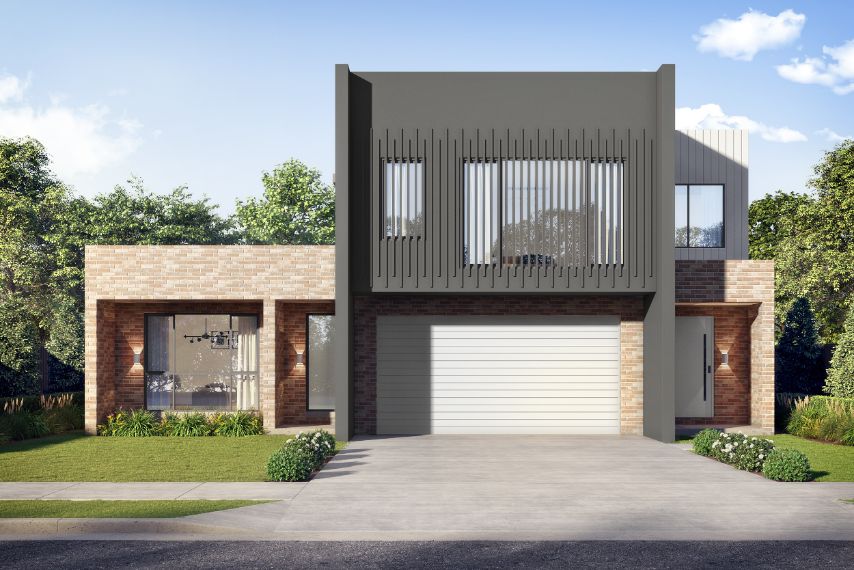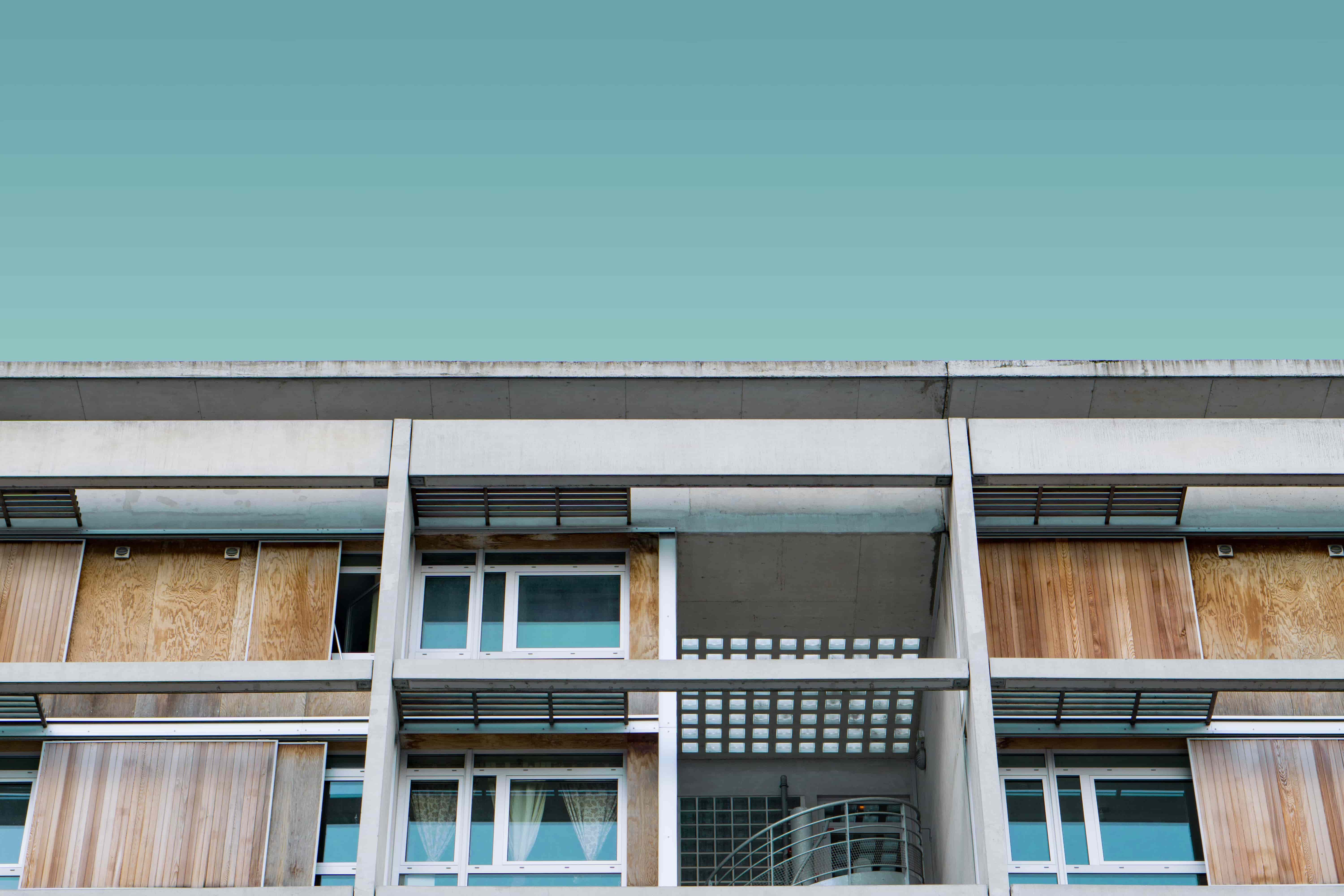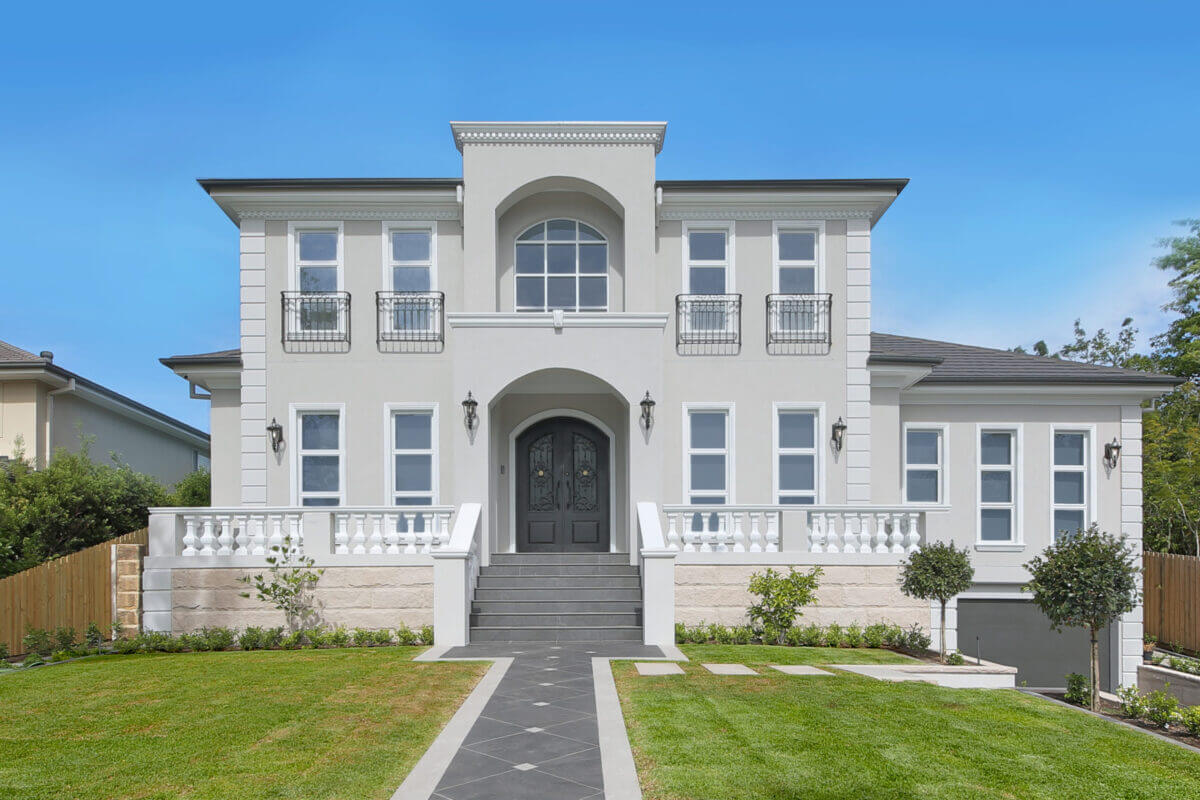
Will Construction Costs Go Down in 2024 Australia? Insights Ahead
Residential construction involves a complex process that requires the coordination of various materials, skilled workers, and builders. However, in recent years, there have been some challenges, such as supply chain issues and inflation, that have caused the costs of residential construction to increase significantly. One of these challenges is the supply chain crisis. This crisis refers to disruptions in the flow of materials from suppliers to builders. Factors such as natural disasters, political unrest, and transportation issues can all contribute to this crisis. When the supply chain is disrupted, it can lead to delays in construction projects, increases in material costs, and changes in fittings. Another factor that has contributed to the rise in building costs is the skyrocketing material costs. The prices of construction materials such as lumber, steel, and concrete have seen a dramatic increase in recent years. This increase can be attributed to various factors, including high demand and limited supply. For example, the demand for lumber has surged due to increased home renovations and new construction projects. At the same time, there has been a shortage of lumber due to factors such as wildfires and trade disputes affecting construction costs. These factors have created a situation where the prices of construction materials have reached unprecedented levels. Furthermore, there is also a shortage of skilled tradespeople in the construction industry. Skilled tradespeople, such as carpenters, electricians, and plumbers, play a crucial role in building houses. However, there has been a decline in the number of individuals pursuing careers in these trades. This shortage has resulted in increased labour costs as builders compete for a limited pool of skilled workers. Additionally, it has also led to longer construction timelines as builders struggle to find available tradespeople for their projects. In conclusion, building costs have risen significantly over the past few years due to various factors. The supply chain crisis has caused disruptions in the flow of materials, leading to delays and increased costs. Skyrocketing material costs have also contributed to the rise in building expenses, with high demand and limited supply driving up prices. Lastly, the shortage of skilled tradespeople has resulted in increased labour costs and longer
So, Let’s take a look at what’s caused costs to rise so significantly and when we can expect cost pressures to ease.
What factors have contributed to construction cost rises?
The approximate cost of building a new home in Australia will continue to rise in 2024.
The rise in construction expenses in Australia during 2024 is mainly driven by a combination of factors such as limited availability of labour and materials, heightened interest in new housing, escalating energy prices, and shifts in government rules.
Factors that have influenced construction costs in the past few years
Government regulations
Changes to the National Construction Code will come into play from October 2023. These changes will mean construction costs and the average cost of house building will rise in order to meet new accessibility and energy efficiency targets.
For example, in Victoria, new building standards will require homes to meet a minimum energy efficiency of 7 stars instead of 6. Master Builders say that when this comes to Queensland*Should this be New South Wales? These changes will add up to approximately $15,000-$32,000 to the price of a new house.
COVID-19
The beginning of the COVID-19 pandemic in 2020 had enormous impacts on the construction industry.
The pandemic caused major disruptions in supply chains across the world which are still being felt here in Australia today. Supply issues also caused a sharp rise in the cost of rebuilding a house.
The pandemic also saw problems arise within the labour market, particularly in Australia which relies heavily on international workers.
Additionally, the COVID pandemic saw the introduction of one of the largest construction stimulus packages Australia has ever seen, creating a much larger demand on a supply that was already struggling.
All of these factors combined indicate that many of the issues the industry is facing today are due to the ongoing impact of COVID-19.
Rise in cost of materials
Supply chain disruptions during the COVID pandemic caused the cost of materials for modern two-storey house designs to rise rapidly, sometimes without warning. However, despite the easing of these disruptions, the prices of building materials are likely to continue rising for some years. This is due in part to the rising cost of energy and its impact on manufacturing.
A weakening Australian dollar has also resulted in a significant increase in imported materials and equipment, by up to 15-20 per cent in some cases.
Labour costs
A shortage of new home builders, caused in part by the pandemic and the restriction of workers across the globe, is an issue that is likely to burden the construction industry over the next decade. In conjunction with this issue is the fact that little has been done to address the number of young workers entering the sector to meet the growing demand.
As construction labour accounts for about 30% of building costs, this shortage will likely impact residential construction costs over the longer term. The availability of skilled tradespeople has also seen the price of labour rise sharply, according to the Housing Industry Association.
In other words, it’s difficult to find tradespeople and they are now changing a lot more than they were previously.
Shortages in supply chains
Supply chain issues that were sparked by the COVID pandemic in 2020 – such as shipping challenges, skilled labour shortages, and fluctuating costs – are only now beginning to ease.
As Australia conducts 98 per cent of trade through ports, the country was highly susceptible to manufacturing delays and shipping challenges. And while the availability of some materials will continue to recover over the coming year and into 2024, isolated shortages of some products such as tiles will likely linger for a while longer.
Changes in demand for housing
Announced as a part of the federal government’s COVID-19 economic recovery plan, the HomeBuilder grant caused an upswing in construction activity as Australians rushed into the market in order to secure the grant and sent building approvals skyrocketing.
Unfortunately, along with low-interest rates, it also pushed up the cost of building.
As the stimulus package’s impact begins to wane following the peak of construction activity, demand should begin to steady in the coming years. However, this will largely be impacted by global markets.
Current State of Home Building Costs 2024
Recent trends in Australian home building costs
In Australia, the prices of building materials are still going up. The cost of hiring workers is also expected to keep going up in the future. Overall, the expenses involved in construction projects will likely continue to increase. It’s not anticipated that interest rates will decrease until at least late 2024.
- Material costs: Continue to rise
- Labour costs: Likely to continue to increase in the long term
- Construction costs: Overall cost to build continue to rise
- Interest rates: Lowering of interest rates is not likely until at least late 2024
Factors That Could Affect Future Home Building Costs
The economy can affect construction costs in various ways. Factors like interest rates, employment levels, and inflation rates play a role. Government rules on building standards and environmental protection also impact costs. Additionally, housing costs can be influenced by factors such as population growth, migration trends, and changes in what buyers want.
Changes in the economy
- Interest rates
- Employment rates
- Inflation
Changes in government regulations
- Building codes
- Environmental regulations
Changes in supply and demand for housing
- Population growth
- Migration patterns
- Changes in consumer preferences
Will building costs go down?
In 2024, the question looms large: will house building costs see a downward trend, and where do we go from here? Recent data suggests a potential shift in the affordability landscape, with fluctuations observed in square metre rates and median dwelling values. Despite a decade-average increase in home values, there’s a glimmer of hope as new home sales trend upwards.
However, the comparison rate and LVR remain pivotal factors influencing final prices. Amidst this uncertainty, it’s crucial to analyse the factors driving these changes, from fluctuations in the housing market to shifts in consumer preferences. Additionally, keeping an eye on the affordable housing sector and exploring innovative construction methods could pave the way for a more sustainable and accessible housing market in the future.
Building a new home in 2024 is unlikely to become cheaper anytime soon. The cost of construction is expected to remain high due to various factors, such as long-term supply challenges and a shortage of land.
Beginning your building project sooner rather than later could potentially help you save money in the long run. However, with the industry facing concerns about meeting future housing needs, constructing a home may become increasingly unaffordable for many by 2033.
When will building costs go down in Australia?
Housebuilding costs in Australia have been a topic of concern for many homeowners and potential buyers. As of 2024, the landscape of the housing market has been influenced by various factors, including changes in construction materials, labour costs, and regulatory requirements. Amidst this backdrop, stakeholders are eager to know whether building costs will see a decrease in the near future.
Several factors contribute to the dynamics of building costs. One crucial aspect is the price of construction materials, which includes items like square metre rates, fittings, fixtures, and finishes. These costs have seen fluctuations over the past decade, influenced by factors such as global supply chain disruptions, changes in demand, and shifts in exchange rates.
Another significant component is labour costs, which are impacted by factors like location, complexity of the project, and prevailing wage rates. Additionally, government regulations and policies, such as zoning laws and building codes, can affect the overall cost of construction.
In recent years, Australia has experienced an increase in housing supply, particularly in certain states and regions. This surge in supply has put some downward pressure on housing values and, consequently, on building costs. However, it’s essential to note that this effect may vary depending on the specific market conditions and the pace of new dwelling approvals.
The onset of the COVID-19 pandemic also introduced uncertainties in the housing market, affecting both demand and supply. While the pandemic initially led to disruptions in construction activities, subsequent government stimulus measures aimed at supporting the economy and the housing sector have helped mitigate some of these impacts.
Looking ahead, trends in new dwelling approvals, housing values, and construction activity will play a crucial role in determining the direction of building costs. If demand for new homes remains robust and supply levels continue to increase gradually, it’s possible that building costs may stabilise or even decrease in certain markets.
However, it’s important to approach these predictions with caution, as various factors, including global economic conditions, commodity prices, and government policies, can influence the trajectory of building costs. Additionally, unforeseen events or shocks, such as natural disasters or geopolitical tensions, could disrupt supply chains and affect construction costs unpredictably.
How much does it cost to delay your decision to build?
One positive aspect of the increasing costs to build houses is that these changes are also aimed at making houses more affordable to maintain in the long run. Governments often provide incentives in the form of subsidies for implementing sustainable design and energy-efficient features in homes. This means that homeowners who invest in these advancements will not only contribute to a greener environment but also enjoy lower running costs in the future. By incorporating sustainable design elements, such as solar panels or energy-efficient appliances, homes can generate their own electricity or consume less energy overall.
This reduces the reliance on traditional power sources, which can be expensive and harmful to the environment. Additionally, energy-efficient homes are better insulated, minimising heat loss during colder months and reducing the need for excessive heating. As a result, homeowners can expect lower utility bills and save money in the long term. Moreover, sustainable building practices also benefit from advancements in technology. For instance, innovative construction materials, like recycled or eco-friendly materials, are becoming more accessible and cost-effective. These materials not only reduce environmental impact but also contribute to lower house-building costs.
Additionally, technological advancements have led to the development of smart home systems that optimise energy consumption by automatically adjusting lighting, heating, and cooling based on occupancy and weather conditions. These systems not only enhance convenience but also promote energy efficiency, further reducing running costs. Furthermore, sustainable design and energy efficiency measures often increase the overall value of a home. As more buyers prioritise environmentally friendly features, homes with these attributes tend to have higher resale values. This means that homeowners can potentially recoup their initial investment when selling their property. In conclusion, while the rising costs of house building may seem daunting initially, it is important to recognize the long-term benefits associated with sustainable design and energy efficiency. Homeowners who embrace these changes not only contribute to a greener future but also enjoy reduced running costs, increased property value, and a more comfortable living environment.
What to Expect in Years to Come
Looking forward, it’s essential to anticipate the trajectory of house construction expenses. In the upcoming years, industry experts foresee a continuous increase in both material and labour costs. This projection suggests that constructing a house might become pricier than current rates. Moreover, the evolution of technology and emphasis on sustainability could further influence building expenses. For instance, utilising environmentally friendly materials and energy-efficient systems may lead to higher upfront costs but result in long-term savings. It is vital to monitor these developments closely and make well-informed plans for potential house construction projects in the near future.
Predicting when building costs will decrease involves a multifaceted analysis of various economic indicators and industry trends. Factors such as fluctuations in material prices, labour costs, and market demand significantly influence the overall cost of construction. Additionally, changes in the square metre rates for land use and the size of construction projects can impact building costs.
Monitoring trends in the home value index and recent peaks in real estate prices provides insight into market conditions that may affect construction expenses. Furthermore, shifts in interest rates, measured in basis points, and the decade-average growth rate of the construction sector in specific regions like Western Australia (WA) can signal potential changes in building costs. Analysing data on median dwelling values and price growth over a period, such as month-to-month or year-to-year, offers a further understanding of market dynamics.
By considering these factors alongside location-specific variables and seasonally adjusted (SA) data, stakeholders can better assess the timing and extent of potential decreases in building costs. However, while these indicators provide valuable insights, the exact timing of cost reductions remains uncertain and subject to a complex interplay of economic factors.
Work with builders who can work with your budget
To find ways to reduce costs while building your dream home, it’s important to have an experienced builder on your side. The team at New South Homes understands everyone has a budget to stick to and can inform you of ways to keep the overall cost down while still achieving what you want.
Lower house building costs don’t mean you need to compromise on quality. Choosing a local builder like New South Homes can help you achieve your timeframes and stop your construction costs from blowing out. Contact the very best Sydney home builders today to see how we can help you. You can request a callback or phone us on 02 9481 7441.
Experience
the
Difference
Ready to start your building journey? Chat to our team of experts today and get a FREE personalised quote
Find Out More
Related Posts

